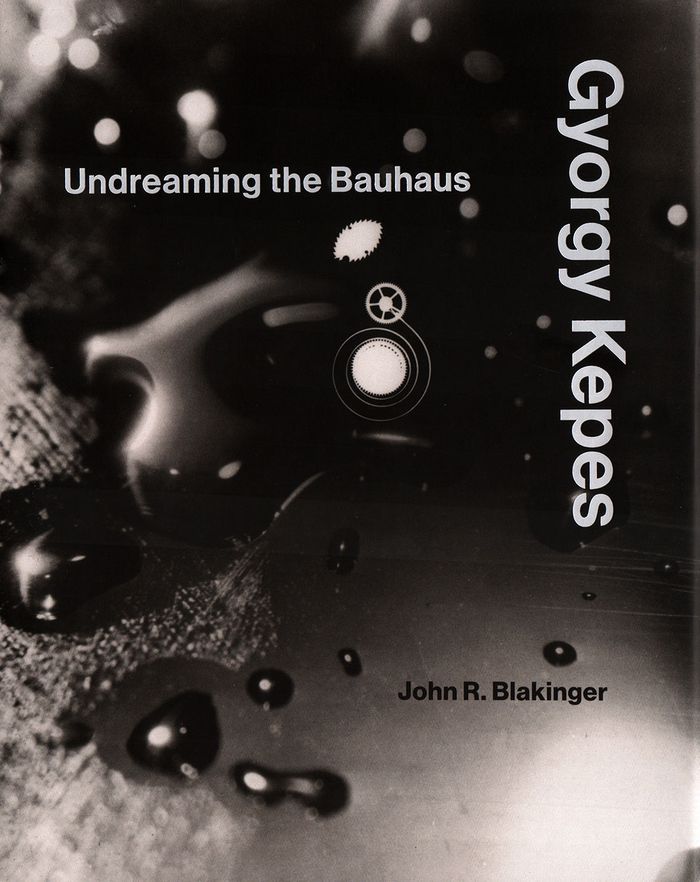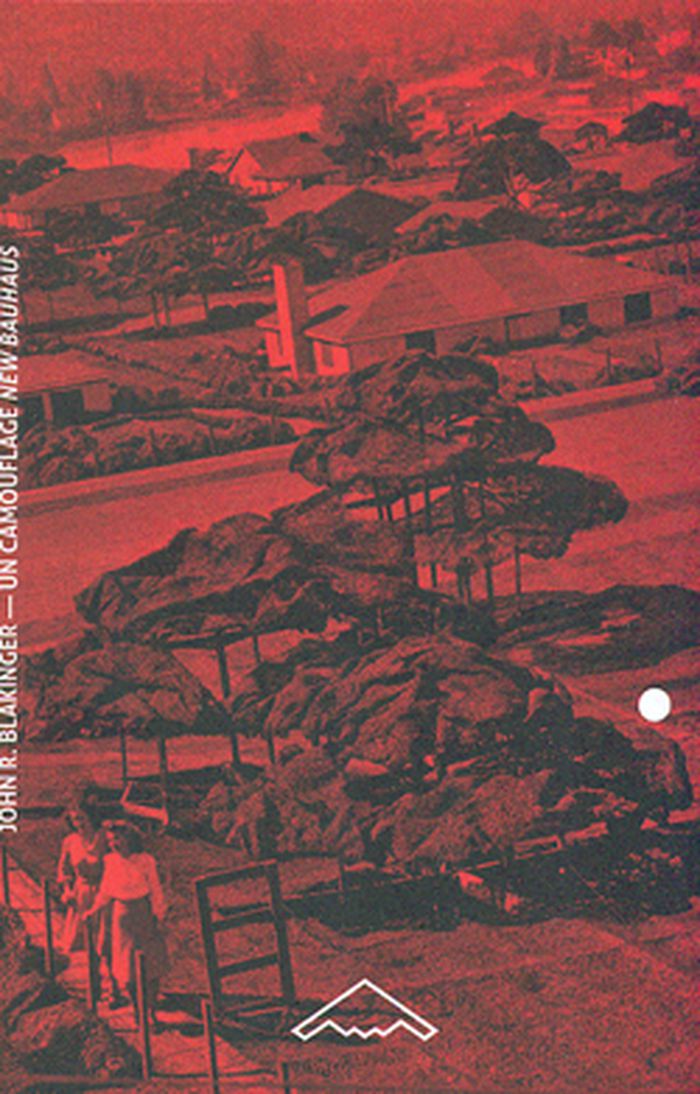$77.95
(available to order)
Summary:
Gyorgy Kepes (1906–2001) was the last disciple of Bauhaus modernism, an acolyte of László Moholy-Nagy and a self-styled revolutionary artist. But by midcentury, transplanted to America, Kepes found he was trapped in the military-industrial-aesthetic complex. In this first book-length study of Kepes, John Blakinger argues that Kepes, by opening the research laboratory to(...)
June 2019
Gyorgy Kepes: undreaming the Bauhaus
Actions:
Price:
$77.95
(available to order)
Summary:
Gyorgy Kepes (1906–2001) was the last disciple of Bauhaus modernism, an acolyte of László Moholy-Nagy and a self-styled revolutionary artist. But by midcentury, transplanted to America, Kepes found he was trapped in the military-industrial-aesthetic complex. In this first book-length study of Kepes, John Blakinger argues that Kepes, by opening the research laboratory to the arts, established a new paradigm for creative practice: the artist as technocrat. First at Chicago's New Bauhaus and then for many years at MIT, Kepes pioneered interdisciplinary collaboration between the arts and sciences- what he termed “interthinking” and “interseeing.” Kepes and his colleagues, ranging from metallurgists to mathematicians, became part of an important but little-explored constellation: the Cold War avant-garde.
$22.00
(available to order)
Summary:
À partir de 1933, de nombreux intellectuels allemands débarquent aux États-Unis. Créateur du Bauhaus (qu'il dirige jusqu'en 1928), Walter Gropius émigre en 1937, rejoint l'année suivante par Mies van der Rohe, lui aussi directeur de l'école jusqu'à sa dissolution (1930-1933). Le premier arrive à la Graduate School of Design à Harvard, le second à l'Armour Institute of(...)
Un camouflage New Bauhaus: György Kepes et la militarisation de l'image
Actions:
Price:
$22.00
(available to order)
Summary:
À partir de 1933, de nombreux intellectuels allemands débarquent aux États-Unis. Créateur du Bauhaus (qu'il dirige jusqu'en 1928), Walter Gropius émigre en 1937, rejoint l'année suivante par Mies van der Rohe, lui aussi directeur de l'école jusqu'à sa dissolution (1930-1933). Le premier arrive à la Graduate School of Design à Harvard, le second à l'Armour Institute of Technology de Chicago. Débarqué dans cette ville en 1937, leur ancien professeur László Moholy Nagy y prend, sur proposition de Gropius, la direction du New Bauhaus... qui ferme brièvement l'année suivante ! Face à d'importantes difficultés, l'établissement n'aura alors de cesse, aux lendemains de Pearl Harbor, d'offrir à György Kepes l'opportunité de former des « camoufleurs industriels »...
small format

